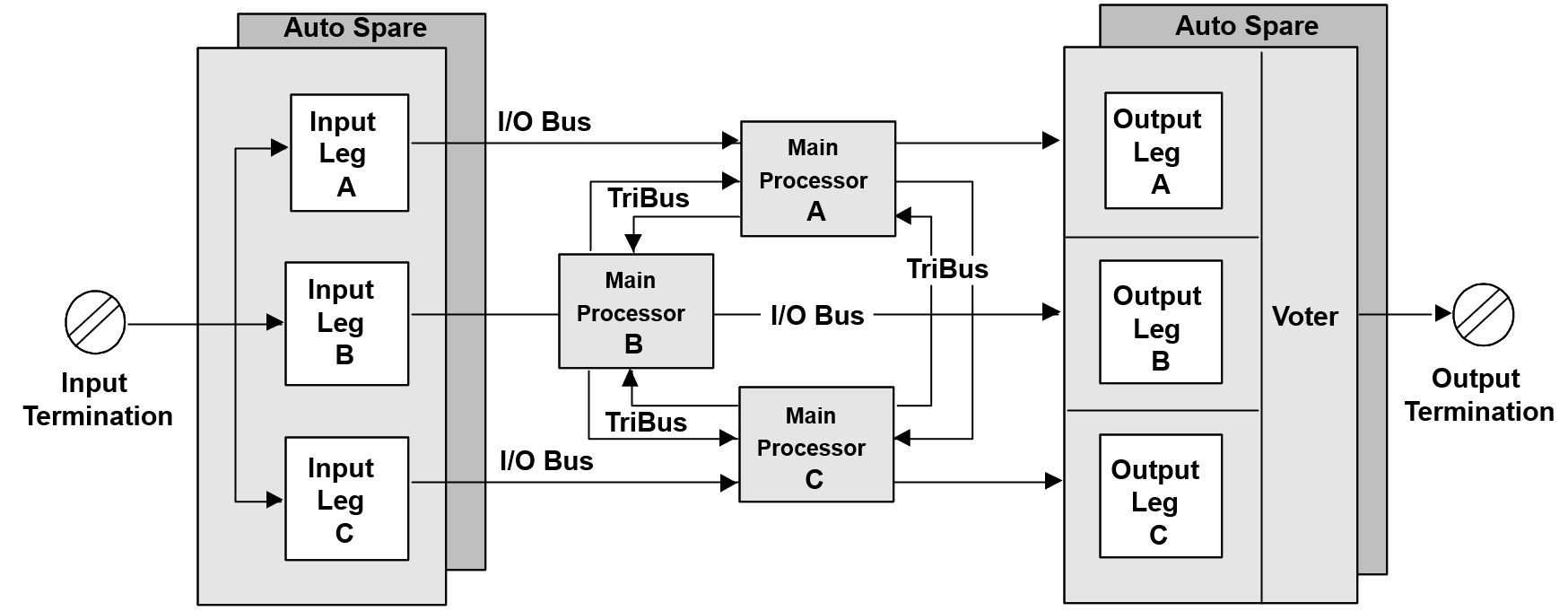What is SIS?
Safety Instrumented Systems (SIS), also known as industrial safety systems, are used to prevent accidents in industry, such as equipment or operational failures that result in damage, injury, loss of life, or severe environmental damage. Extreme consequences are explosions, fires, oil spills, floods and even the collapse of nuclear systems.
What is Triconex?
Triconex belongs to Schneider, France. As a global leading supplier of process safety systems, Triconex has been used in more than 80 countries and more than 14,300 sets of systems around the world and adopts triple redundancy fault-tolerant control system with the most advanced TMR microprocessor hardware technology and the mature and reliable TRISTATION 1131 software. The high reliability and high utilisation of the system is widely used in petrochemical, refining, oil and gas, chemical, electric power, rail transport, aerospace, nuclear and other industries. The system has a wide range of performance in plant safety interlocking system ESD, steam turbine control, gas turbine control, compressor anti-surge control, offshore oil platforms, fire and gas monitoring and protection (F&G), and so on.
Working Principle

The triple modular redundancy (TMR) architecture ensures that the equipment is fault-tolerant and provides correct uninterrupted control in the event of a hard failure of an original component or transient failure from internal or external sources.
Each I/O module contains three independent branches of circuitry. Each branch on the input module reads process data and transmits this information to its corresponding main processor. The three main processors communicate with each other through an adapted high-speed bus system called TRIBUS. At each scan, the master processors communicate and synchronise with their neighbours via TRIBUS, which serves as a digital input, compares the output data, and sends a copy of the analogue input data to each master processor. The main processor executes the control program and sends the output generated by the control program to the output module. In addition to input data, Triconex also outputs data. This is done on the output module closest to the site so that any errors can be detected and compensated for.
![]()
I. Hardware problems
This type of problem mainly appears in the hardware installation process. For example, electrical installation (strong and weak power separation, components and modules supply rated voltage and rated current), system environment temperature and humidity, module installation is correct.
After confirming that there is no problem with the installation, you can power on the communication, and then according to the field module indicator to determine where the module problem lies.
![]()



Leave a comment
Your email address will not be published. Required fields are marked *